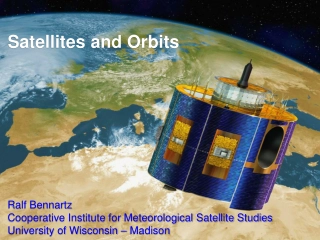Understanding Our Solar System and Orbits
Explore the composition and orbits of our solar system, including the Sun, planets, dwarf planets, moons, comets, asteroids, and artificial satellites. Understand the role of gravity in maintaining nearly circular orbits and discover how objects stay in orbit.
Download Presentation

Please find below an Image/Link to download the presentation.
The content on the website is provided AS IS for your information and personal use only. It may not be sold, licensed, or shared on other websites without obtaining consent from the author. Download presentation by click this link. If you encounter any issues during the download, it is possible that the publisher has removed the file from their server.
E N D
Presentation Transcript
Do Now Retrieval Practice 1. What do we call a substance which is being dissolved? 2. What do we call the liquid used to dissolve the substance? 3. What is the name for a liquid which has a substance dissolved in it? 4. What do we call a substance that will not dissolve? 5. How can you make something dissolve faster?
Do Now Retrieval Practice (Answers) 1. What is the name for a substance which is being dissolved? Solute 2. What do we call the liquid used to dissolve the substance? Solvent 3. What is the name for a liquid which has a substance dissolved in it? Solution 4. What do we call a substance that will not dissolve? Insoluble 5. How can you make something dissolve faster? Stir it Heat it Grind up the solute
Think! Can you name all of the objects that make up our solar system? Write a list. What force holds the solar system together?
Solar System and Orbits Learning Objectives Know: The Sun is at the centre of the solar system and its gravity keeps the planets and dwarf planets in orbit. Learning Outcomes Be able to: List the components of the solar system and explain how gravity and velocity produce nearly circular orbits. Key words: Gravity Instantaneous velocity
Composition The Sun, a star (PRODUCES LIGHT) 8 Planets (large objects orbiting a star): Mercury, Venus, Earth, Mars, Jupiter, Saturn, Uranus, Neptune (REFLECT LIGHT) Dwarf planets (including Pluto, Ceres, Eris) Moons (orbit planets, natural satellites ) Comets, asteroids, meteors Artificial satellites made by people (A galaxy is a cluster of billions of stars. Our solar system is part of the Milky Way Galaxy)
Orbits The planets have elliptical orbits. Orbit time (and year length) increases as distance from the Sun increases, because: - Outer planets have further to go - They are moving slower because the Sun s gravity is weaker
Why Objects Stay in Orbit (Higher Level) Example: Earth and Moon The Earth s gravity pulls inwards and tries to make the Moon accelerate towards the Earth, BUT the Moon is already moving with an instantaneous velocity which tries to take it away from the Earth at a right angle. The overall result is that the Moon orbits the Earth in a circle at constant speed.
Orbits are a balance between instantaneous velocity and gravitational force. If the Moon moved faster = fly off into space If the Moon moved slower = hit the Earth Objects with smaller orbits eg. Mercury must move faster to balance gravity (which is stronger nearer to the Sun) and stay in orbit.
The Goldilocks Planet Scientists refer to the Earth as the Goldilocks Planet because conditions are just right for life. Life needs LIQUID water. If we were nearer the Sun it would be too hot and water would boil. If we were further away, it would be too cold and water would freeze.
Your Task 1. Complete the 2 worksheets, stick them in. 2. Read the information about the Solar System. Write down an interesting fact about each planet.
Plenary Can you: List the objects which make up the solar system? Explain why planets further from the Sun have longer orbit times? Explain why Earth is such a special planet?























